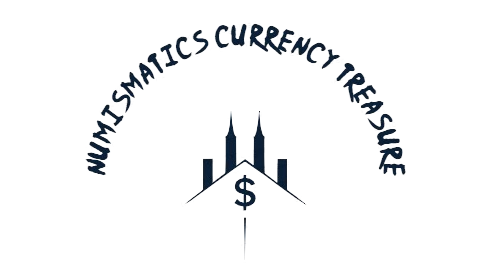The Value of Old Banknotes: A Guide for Collectors

In this post, we’re going to be talking about value of old banknotes, old bank notes value, old banknote value, old banknote values

The Value of Old Banknotes: A Guide for Collectors
Are you a collector of old banknotes and curious about their value? Whether you have inherited a collection or stumbled upon some old notes, determining their worth can be an exciting endeavor. In this guide, we will explore the factors that contribute to the value of old banknotes and provide some tips on how to verify their authenticity.
Factors Affecting the Old Banknotes value
Several factors come into play when determining the value of old banknotes. These factors can vary depending on the country, the rarity of the note, and its condition. Let’s take a closer look at each of these factors:
1. Country and Rarity
The country of origin plays a significant role in determining the value of old bank notes. Notes from countries with a rich historical background or those that no longer exist tend to be more sought after by collectors. Additionally, notes that were printed in limited quantities or have unique features are considered rare and can command higher prices.
2. Condition
The condition of the banknote is another crucial factor in determining its value. Banknotes in excellent condition, with minimal wear and tear, are generally more valuable than those that are heavily damaged or torn. Factors such as creases, stains, and writing on the note can significantly affect its worth.
3. Historical Significance
Banknotes values that have historical significance or are associated with significant events or figures often have higher value. For example, a banknote from a specific era or one that was issued during a significant political or cultural event may be more sought after by collectors.

Verifying the Authenticity of old banknote values
When dealing with old banknotes, it is crucial to ensure their authenticity. Here are some tips to help you verify the legitimacy of your collection:
1. Research
Start by researching the banknotes you have. Look for information about the design, security features, and printing techniques used during the time the notes were issued. This knowledge will help you identify any discrepancies or inconsistencies in your collection.
2. Seek Expert Opinion
If you are unsure about the authenticity of a banknote, it is best to seek the opinion of an expert. Professional currency dealers, numismatists, or appraisers can provide valuable insights and help you determine if your banknotes are genuine.
3. Compare with Reliable Sources
Compare your banknotes with reliable sources such as reputable collectors’ websites or specialized catalogs. These sources often provide detailed information and images of genuine banknotes, allowing you to compare and spot any discrepancies.
4. Look for Security Features
Old banknotes often have security features that can help verify their authenticity. These features may include watermarks, security threads, holograms, or special inks. Familiarize yourself with the security features specific to the banknotes you are collecting and check for their presence on your notes.
5. Consider Professional Authentication
If you have a valuable collection or suspect that some of your banknotes may be rare or highly sought after, you may want to consider professional authentication. There are reputable third–party grading services that specialize in authenticating and grading banknotes.
Conclusion
Collecting old banknotes can be a fascinating and rewarding hobby. Understanding the factors that contribute to their value and verifying their authenticity are crucial steps for any collector. By considering the country and rarity, condition, and historical significance of the banknotes, you can get a better idea of their worth. Remember to do thorough research, seek expert opinions, and compare your banknotes with reliable sources to ensure their authenticity. Happy collecting!
TAGS;;value of old banknotes, old banknote value, old bank note value, old banknote values



